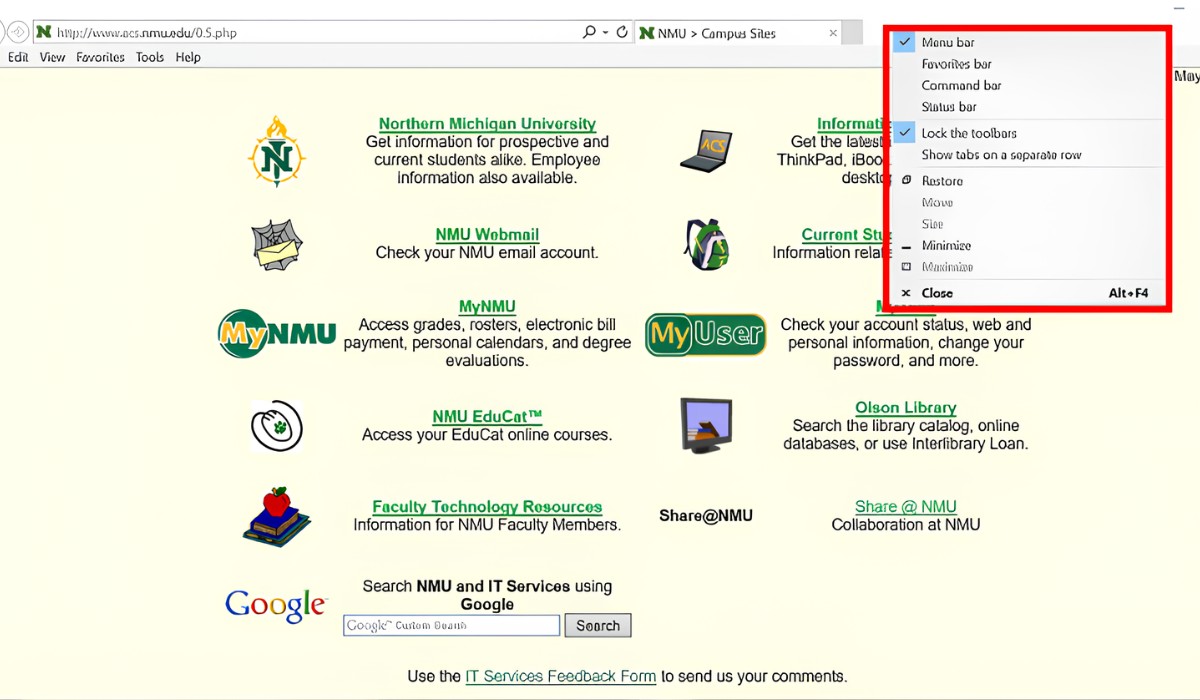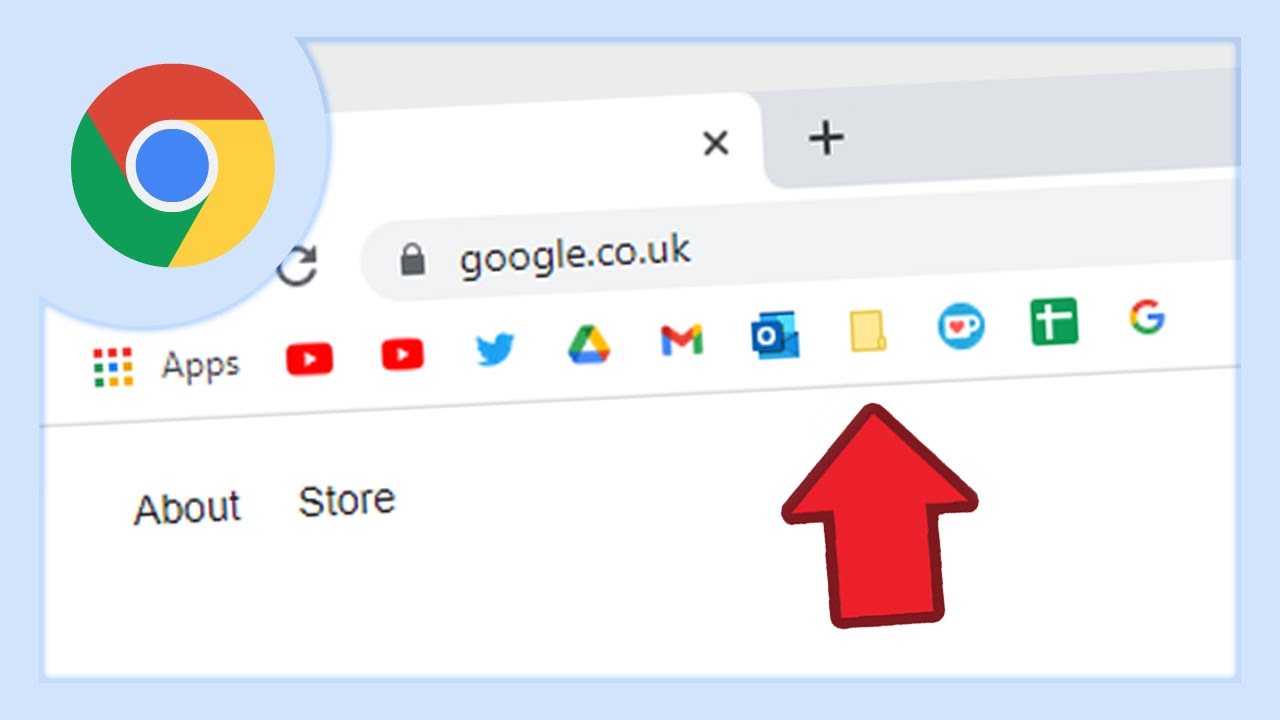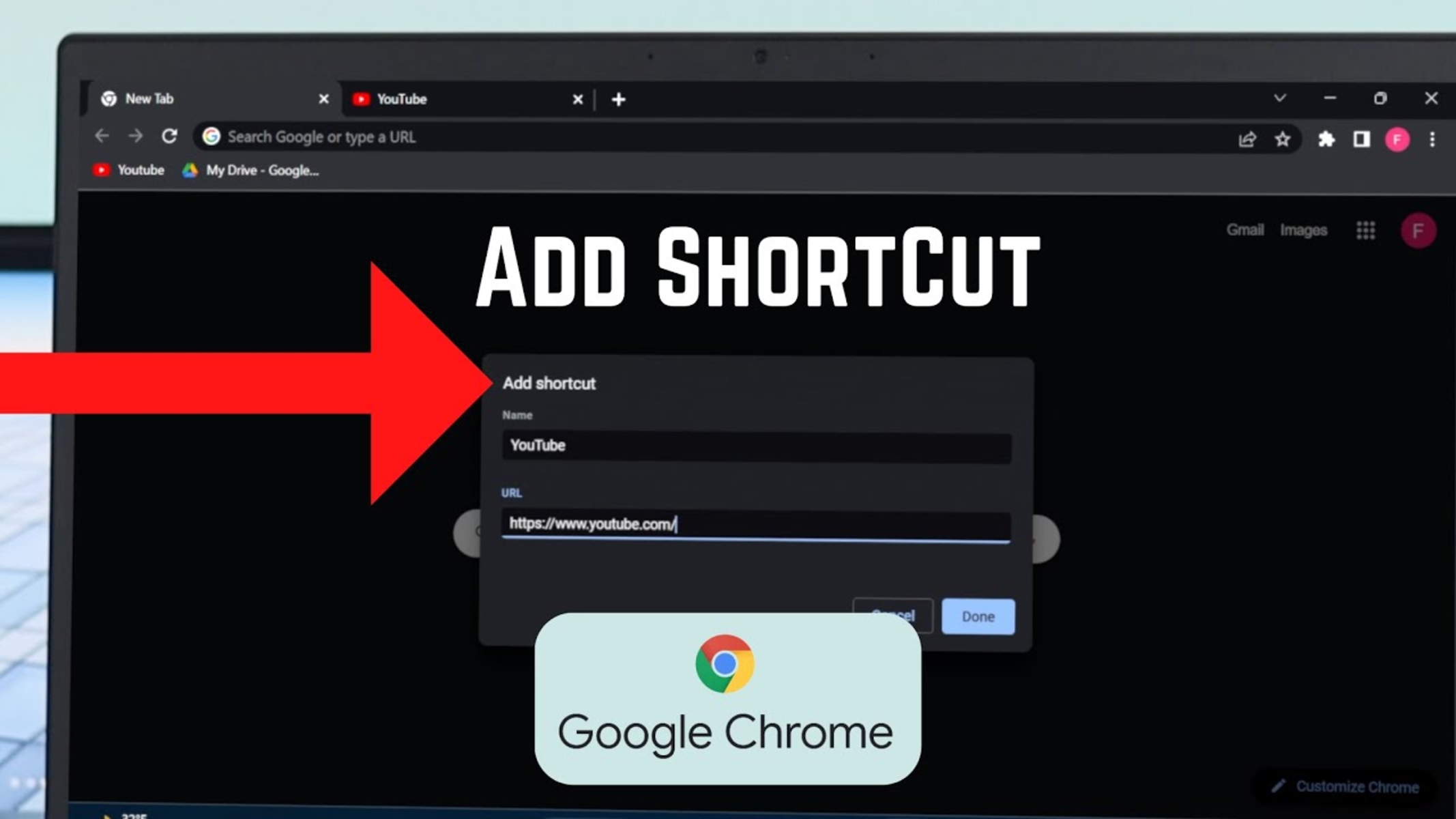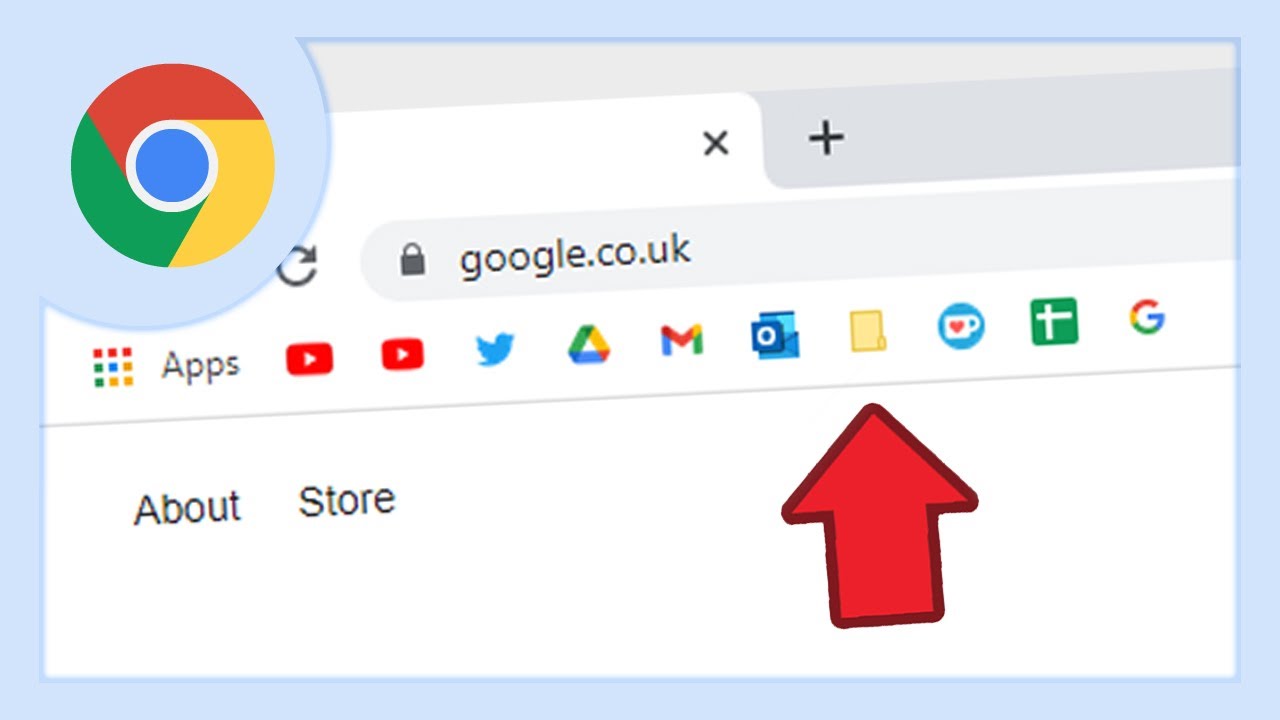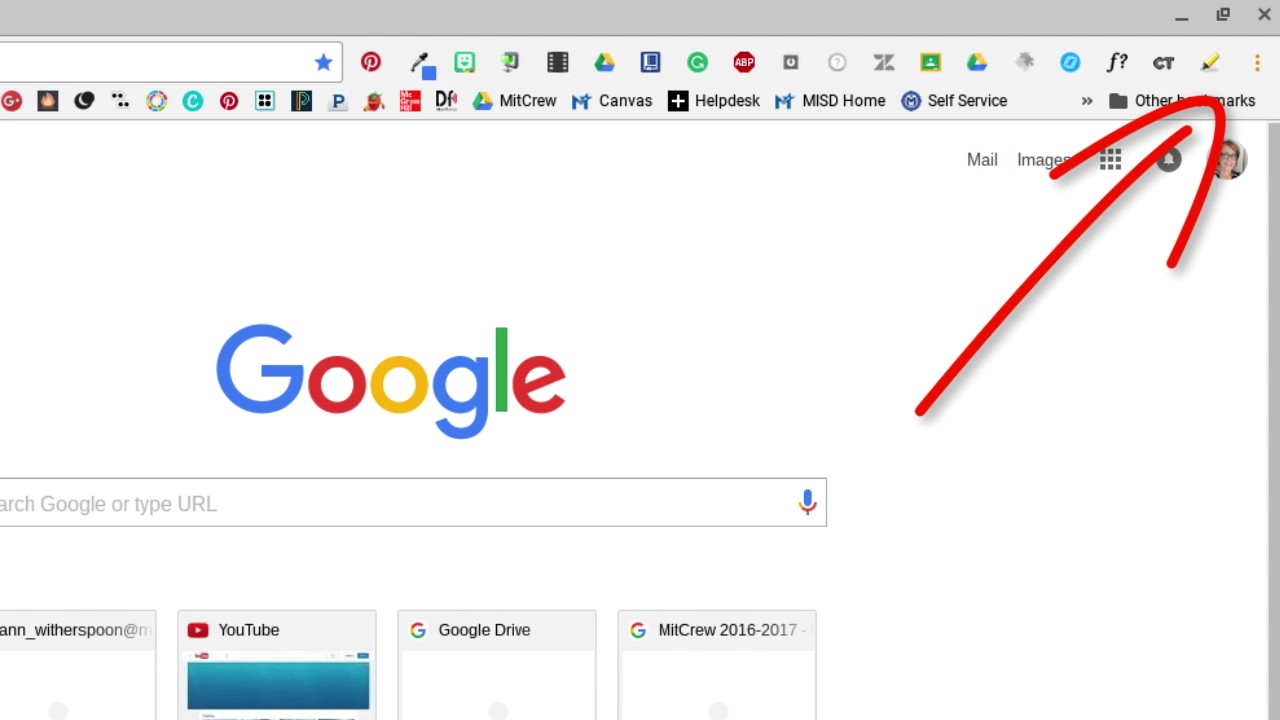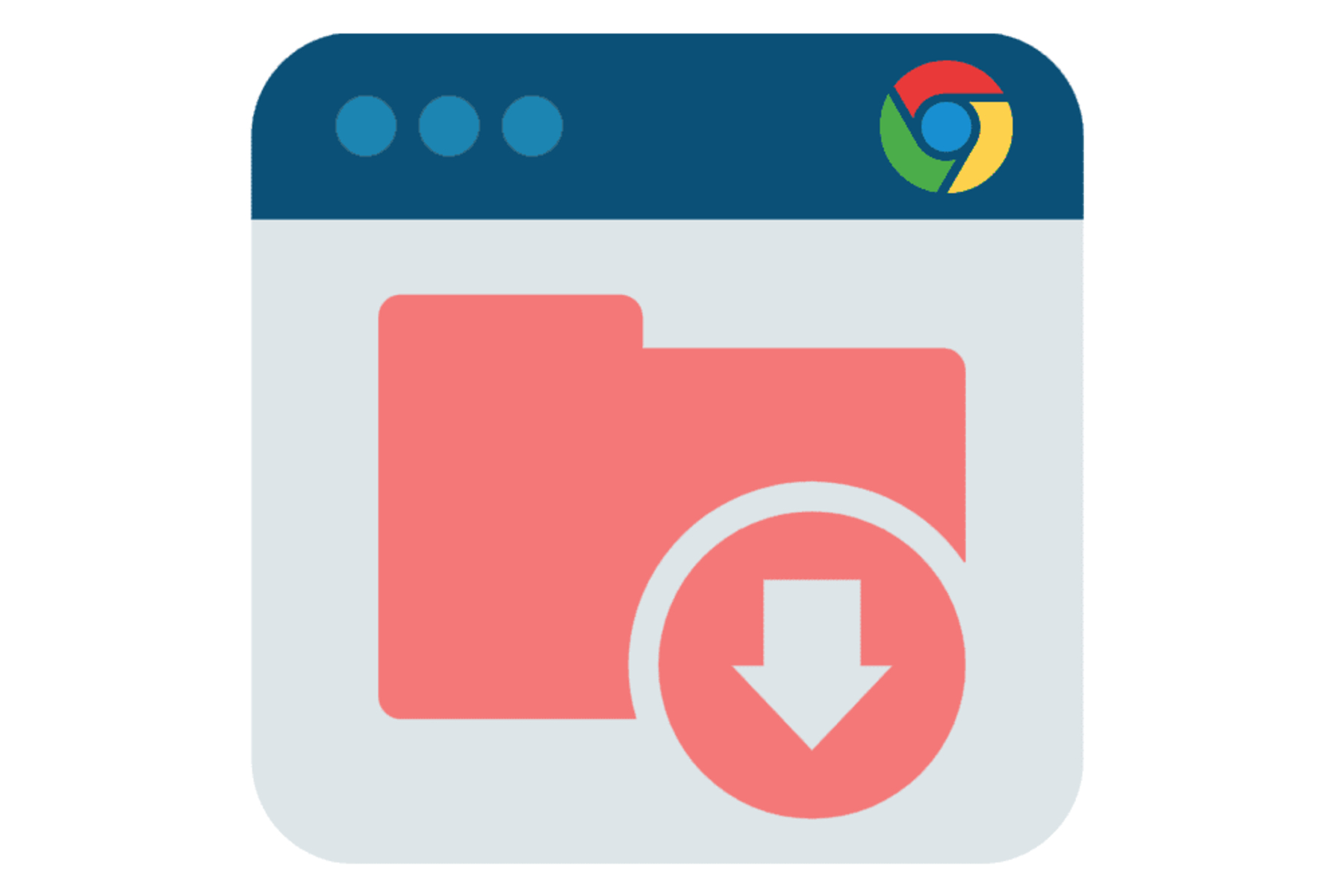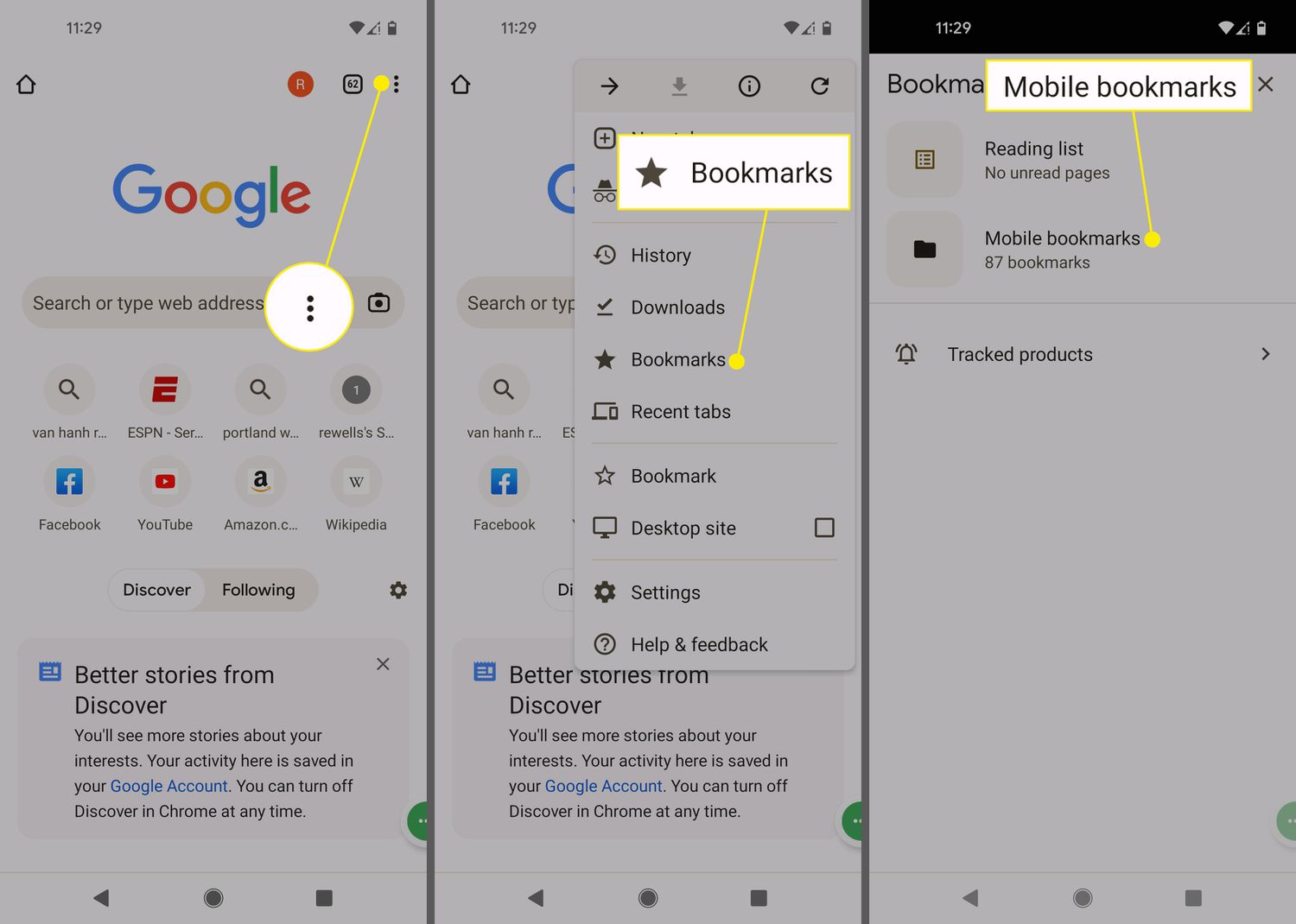Introduction
The Favorites Bar in Google Chrome is a handy feature that allows users to easily access their most frequently visited websites with just a single click. It serves as a convenient shortcut to your preferred web destinations, saving you time and effort when navigating the vast expanse of the internet.
Whether you're a casual internet surfer or a dedicated researcher, the Favorites Bar can significantly streamline your browsing experience. By organizing your favorite websites within this accessible toolbar, you can swiftly jump from one site to another without the need to type in URLs or sift through bookmarks.
In this article, we will delve into the various aspects of the Favorites Bar in Chrome, including how to access it, customize it to suit your preferences, and troubleshoot any potential issues that may arise. By the end of this guide, you'll have a comprehensive understanding of how to make the most of this nifty feature, empowering you to navigate the web with greater efficiency and ease.
So, if you've ever found yourself wondering about the whereabouts of your Favorites Bar in Chrome or how to optimize its functionality, you've come to the right place. Let's embark on this journey to unlock the full potential of your browsing experience with the Chrome Favorites Bar.
Accessing the Favorites Bar
The Favorites Bar in Google Chrome provides a quick and convenient way to access your most frequently visited websites. To access the Favorites Bar, follow these simple steps:
-
Enabling the Favorites Bar: By default, the Favorites Bar may not be visible in Chrome. To enable it, open your Chrome browser and click on the three-dot menu icon located in the top-right corner of the window. From the dropdown menu, hover over the "Bookmarks" option to reveal a submenu. Here, you will find the "Show bookmarks bar" option. Ensure that this option is checked. Once selected, the Favorites Bar will appear just below the address bar, displaying any bookmarks you have added to it.
-
Adding Bookmarks to the Favorites Bar: Once the Favorites Bar is visible, you can start populating it with your favorite websites. To add a website to the Favorites Bar, simply visit the site and click on the star icon located to the right of the address bar. A dialog box will appear, allowing you to choose where to save the bookmark. Select "Bookmarks bar" from the dropdown menu and click "Done." The bookmark will then be added to the Favorites Bar for easy access.
-
Organizing Bookmarks: To keep your Favorites Bar tidy and efficient, you can organize your bookmarks by dragging and dropping them into the desired order. This allows you to prioritize the websites you visit most frequently, ensuring they are readily accessible from the Favorites Bar.
-
Utilizing Keyboard Shortcuts: For those who prefer using keyboard shortcuts, you can also access the Favorites Bar by pressing "Ctrl + Shift + B" on Windows or "Command + Shift + B" on Mac. This key combination toggles the visibility of the Favorites Bar, providing a quick way to access your favorite websites without using the mouse.
By following these steps, you can easily access and customize the Favorites Bar in Google Chrome, streamlining your browsing experience and ensuring that your most visited websites are always within reach.
Customizing the Favorites Bar
The Favorites Bar in Google Chrome offers a high degree of customization, allowing users to tailor it to their specific browsing habits and preferences. By personalizing the Favorites Bar, you can optimize its functionality and ensure that your most visited websites are easily accessible. Here's how you can customize the Favorites Bar to suit your needs:
Adding Folders
In addition to individual bookmarks, you can create folders within the Favorites Bar to further organize your favorite websites. This is particularly useful if you have a wide range of bookmarks and want to categorize them based on different interests or purposes. To add a folder, right-click on the Favorites Bar and select "Add folder." Give the folder a descriptive name and then drag and drop relevant bookmarks into it. This allows you to create a hierarchical structure within the Favorites Bar, making it easier to locate specific websites.
Editing Bookmark Names
When you add a bookmark to the Favorites Bar, it may display the full title of the webpage, which can sometimes be lengthy or unclear. To make the Favorites Bar more user-friendly, you can edit the names of your bookmarks to display concise and recognizable titles. Right-click on a bookmark, select "Edit," and modify the name to better reflect the content of the website. This simple adjustment can streamline your browsing experience and make it easier to identify and access your favorite sites.
Removing Unnecessary Bookmarks
Over time, your browsing habits may change, leading to a buildup of bookmarks on the Favorites Bar that are no longer relevant. To declutter the toolbar and ensure that it remains focused on your current preferences, periodically review your bookmarks and remove any that are no longer essential. Simply right-click on the unwanted bookmark and select "Delete" to remove it from the Favorites Bar. This practice helps maintain a clean and efficient toolbar, ensuring that only the most relevant websites are readily accessible.
Utilizing Icons
To further personalize the appearance of the Favorites Bar, you can assign custom icons to your bookmarks. This visual customization not only adds a touch of personality to the toolbar but also makes it easier to identify specific websites at a glance. To assign an icon to a bookmark, right-click on the bookmark, select "Edit," and click on the current icon. You can choose from a range of predefined icons or upload your own image to represent the bookmark. This feature allows you to infuse the Favorites Bar with visual flair, enhancing both its aesthetic appeal and practical usability.
By leveraging these customization options, you can transform the Favorites Bar into a tailored and efficient tool that aligns with your browsing habits and preferences. Whether it's creating folders, editing bookmark names, removing unnecessary bookmarks, or utilizing custom icons, the ability to customize the Favorites Bar empowers you to curate a browsing experience that is uniquely suited to your needs.
Troubleshooting the Favorites Bar
The Favorites Bar in Google Chrome is designed to enhance your browsing experience by providing quick access to your favorite websites. However, like any feature, it may encounter occasional issues that can disrupt its functionality. Here are some common troubleshooting steps to address potential problems with the Favorites Bar:
Checking the Visibility
If you find that the Favorites Bar is not visible despite being enabled, it's essential to ensure that it hasn't been accidentally hidden or obscured. Start by right-clicking on an empty area near the top of the Chrome window and checking if the "Show bookmarks bar" option is selected. If it's unchecked, click on it to make the Favorites Bar visible again.
Resolving Bookmark Display Issues
At times, bookmarks on the Favorites Bar may not display correctly, appearing as empty spaces or failing to load the associated website when clicked. To address this, try refreshing the page or restarting the browser. If the issue persists, consider deleting the problematic bookmark and re-adding it to the Favorites Bar to resolve any underlying display or link-related issues.
Clearing Cache and Cookies
Browser cache and cookies can sometimes interfere with the proper functioning of the Favorites Bar. Clearing the cache and cookies can help resolve any underlying issues that may be affecting the display or functionality of the toolbar. To do this, navigate to the Chrome settings, select "Privacy and security," and then choose "Clear browsing data." From there, you can select the option to clear cache and cookies.
Updating Chrome
Outdated browser versions can lead to compatibility issues with certain features, including the Favorites Bar. Ensure that your Chrome browser is up to date by checking for and installing any available updates. Updating Chrome to the latest version can often resolve underlying technical issues that may be impacting the functionality of the Favorites Bar.
Resetting Chrome Settings
If the above steps do not resolve the issues with the Favorites Bar, you can consider resetting Chrome settings to their default state. This can help address any underlying configuration issues that may be affecting the toolbar. To reset Chrome settings, navigate to the settings menu, select "Advanced," and then choose "Reset and clean up." From there, you can opt to reset Chrome settings to their original defaults.
By following these troubleshooting steps, you can address common issues that may arise with the Favorites Bar in Google Chrome, ensuring that it continues to serve as a reliable and efficient tool for accessing your favorite websites.







